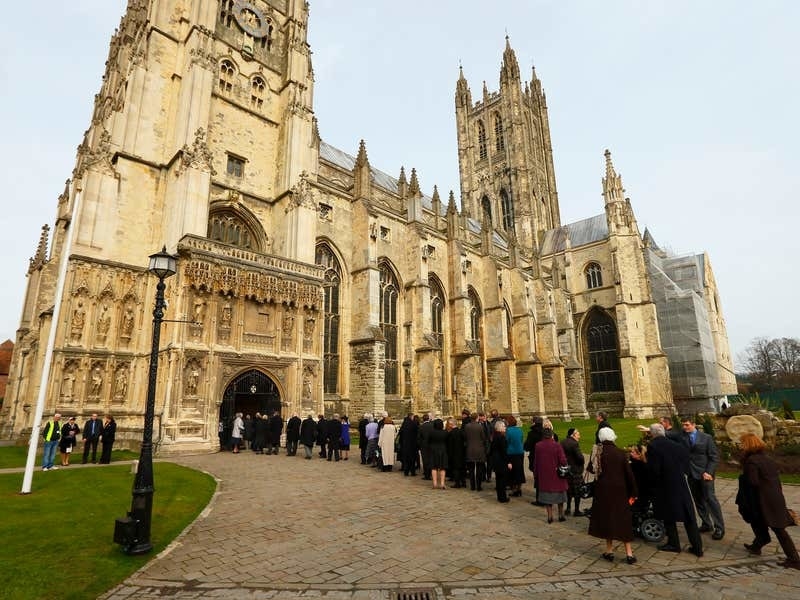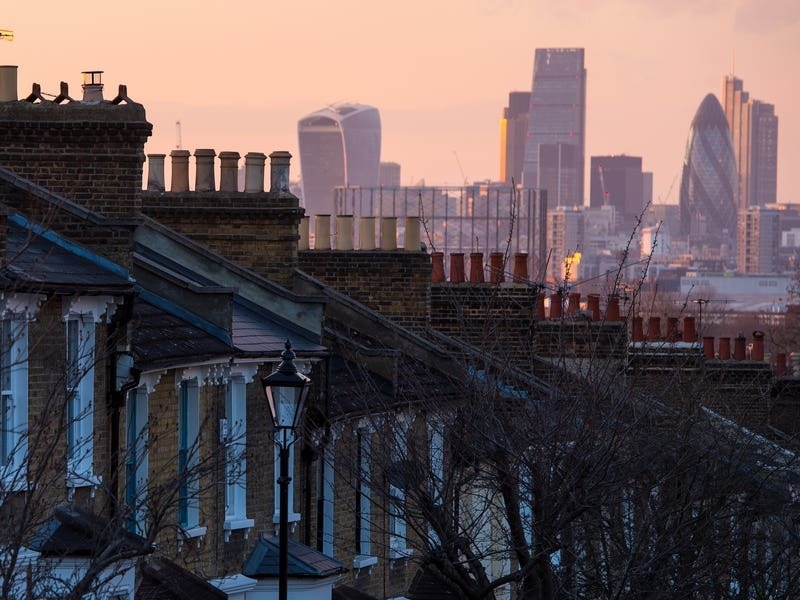The Volkswagen camper. It’s got to rank near the top of the most iconic cars ever, hasn’t it?
Second only to the Beetle in terms of instantly recognisable VWs, most people’s minds will instantly go to the original – the Type 2 Microbus. But Volkswagen’s keen to remind potential buyers that the California has evolved – and so it invited us for a celebratory road trip around the American state from which it takes its name.
The California name was first used on campers built by famed camping brand Westfalia. Never officially applied to a Type 2 or bay window camper, it first appeared on a T3 camper in 1988.
Westfalia built another on the front-engined T4 platform, and then VW itself took over production in 2003. The T5 California was the first to be officially built by Volkswagen in its own specialist facility – just down the road from where the vans themselves are made.
For 2018, the California is based on the latest T6 Transporter, and benefits from all the latest advancements – a car-like cab, retro styling details, and class-leading refinement, driving manners and safety kit.
After a ten-hour flight, we landed at LAX and took ownership of ‘our’ California. While the majority of Californias sold worldwide are diesels, to bring a fleet of Volkswagen oil-burners to the US would be a PR disaster – so our vans were 2.0-litre TSI petrol models, with four-wheel drive and DSG automatic gearboxes. Powertrain aside, we were glad to be assigned a van in bright red – though sadly not the two-tone retro vibe of some T6 models – with stunning dished chrome wheels. Ours were ‘Ocean’ models, which gain a fully fitted kitchen unit alongside a sliding rear bench. Cheaper ‘Beach’ models do without cooking facilities, but still retain a pop-up camper roof and space to sleep four.
After a brief tour courtesy of VW’s international press team, we fired up the air-conditioning as protection against the fierce California heat and set off to our first destination – Martin.
Picture ‘surfer dude’ and the chances are you’re visualising Martin. Every day, he parks his fleet of Type 2s on the Venice Beach seafront and offers surfing lessons and board rental to anyone who’s been drawn in by his colourful garage. He’s been here for eight years, and built himself up from living in one of the vans to owning several of them – and retiring every night to a real house. ‘The VW van is the icon. It’s the star of TV and film and I think that’s why it’s endured so much,’ he told us. ‘It’s what’s helped my business grow. If you’d told me back then, when I was living in the van and peeing in bottles, that one day I’d own so many, I’d’ve said you
were crazy.’
And would Martin indulge in the latest T6 California if VW sold it in the US? ‘Of course,’ he said. ‘I’d give my left nut to own one of those.’
After departing the beach, we headed to our overnight stop – driving down the iconic Pacific Coast Highway as we did. The T6 California really is remarkably car-like to drive, though a diesel engine would no doubt suit it better. The smooth-shifting DSG, ample power reserves and incredible refinement all made for a painless journey, leaving us plenty of time to admire the scenery. And as we took in the coastline, the locals took in our vans. Stopping at traffic lights, we had no shortage of admiring glances, with drivers often winding down their windows to inquire about the California. ‘Is that an import?’ they asked. ‘You can’t call it a California if you don’t sell it here. Tell VW that. We want to buy this van.’
Our first overnight stop, with a stunning view of the coast, gave us an opportunity to test the California’s camping features. Building this van from the ground up has allowed VW to use every inch of space within, and it’s packed with features. Once you’ve raised the electric pop-top from the neatly integrated control panel and slid the front seats round to face the comfortable rear bench, you can wind out the built-in awning and start chilling out. A pair of sturdy camping chairs stow away in the tailgate, and a freestanding table sits just inside the sliding door. As for the side kitchen unit, it hides a two-burner gas hob, a sink with running water, a top-loading fridge and bags of storage. Though you’d be hard-pressed to live in here permanently, it’s ideal for a weekend away.
When it comes to sleeping, you’ve got two beds to choose from. The first is ‘downstairs’ in the main cab – it’s a traditional campervan ‘rock ’n’ roll’ bed, and is easily made up with a few pulls of a lever.
Upstairs is definitely the captain’s quarters, though. The bed inside the rising roof is larger than the one downstairs, sits on a slatted bed base, and offers the best views out courtesy of three zip-up windows.
Though both beds are quite firm, you can quite easily grab a good night’s sleep – though a lack of ventilation at the rear of the van made our first evening uncomfortably hot.
The next day we headed away from the coast and into California’s twisting mountain roads, giving us a good opportunity to evaluate the VW on something other than a smooth freeway. Unsurprisingly, it’s no sports car, but once again it’s the refinement that blew us away.
Most third-party built campervans creak, rattle and shiver over all but the smoothest surfaces. The California, built to VW’s exacting specifications in its own factory, is dead silent.
After a night in the California desert, we headed back to Los Angeles – at rush hour – to see how the vans coped in the cut-and-thrust of city traffic. Perhaps unsurprisingly, the excellent DSG auto and decent amount of power kept us ticking over nicely – and despite the big kitchen unit, visibility is still great.
We waved goodbye to ‘our’ California with a pang of regret. Though it was of course pleasant in the 25-degree heat and endless sunshine of the Pacific coast, we’ve no doubt that it would be equally at home on a muddy campsite in Cornwall, with a pan of soup on the hob and a pack of beer in the fridge.
Though a basic ‘Beach’ model can be had from around £46,000 in the UK, the ‘Ocean’ – the true campervan – comes in at more than £56,000, and creative application of the spec sheet can see that rise over £60,000 and beyond.
But if you can afford it, if hotels, camping or caravanning doesn’t suit you, and if the freedom of a California suits – then you won’t be disappointed.






